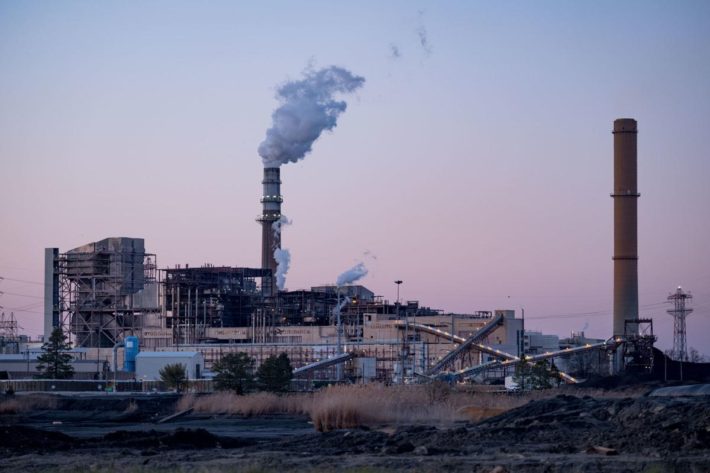Photo courtesy of the Richmond Times-Dispatch
By Sean Gillen
Virginia plans to join ten other states in the Regional Greenhouse Gas Initiative (RGGI) effective January 1, 2021, following a 2016 executive order that sought to determine the most effective method of lowering carbon emissions. The move comes as Virginia ramps up its efforts in the fight against climate change.
The RGGI is a cap-and-trade system that involves the implementation of “caps”, legal limits on carbon emissions, and allows businesses to engage in the sale of emission space for profit. Emission space refers to the physical amount of carbon dioxide gas (in short tons) a given business can emit.
Through gradually lowering caps over time, and using the profits to fund renewable energy alternatives, the program aims to reduce carbon emissions overall while simultaneously fostering economic growth and promoting the use of renewable energy.
Advocates of cap-and-trade highlight the program’s ability to enforce environmental regulations without being outright costly for businesses. The introduction of the cap-and-trade market provides opportunities for businesses that either already are or are seeking to reduce their carbon footprint.
“This initiative provides a unique opportunity to meet the urgency of the environmental threats facing our planet, while positioning Virginia as a center of economic activity in the transition to renewable energy,”, Ralph Northam, Virginia governor, said.
Prior to officially joining the RGGI, Virginia sought to implement its own independent cap-and-trade system. First suggested in May of 2017, the proposed program was re-introduced several times following public feedback and internal editing. Upon changing the proposal to include Virginia’s inauguration into the RGGI, a revised version was passed as part of the Clean Energy and Community Flood Preparedness Act in June.
The RGGI’s current roster includes Connecticut, Delaware, Maine, Maryland, Massachusetts, New Hampshire, New Jersey, New York, Rhode Island, and Vermont. At the first five-year mark in 2014, carbon emissions in the ten participating states had fallen by 35%. In that same time, the program grossed over $2.9 billion.
Secretary of Natural Resources Matthew J. Strickler explained how introducing an existing cap-and-trade system was preferable to creating a new one entirely.
“[the] RGGI provides a framework for meaningful action on climate change that begins to green the energy market and ensures that prices tell the truth about costs.”, he said.
